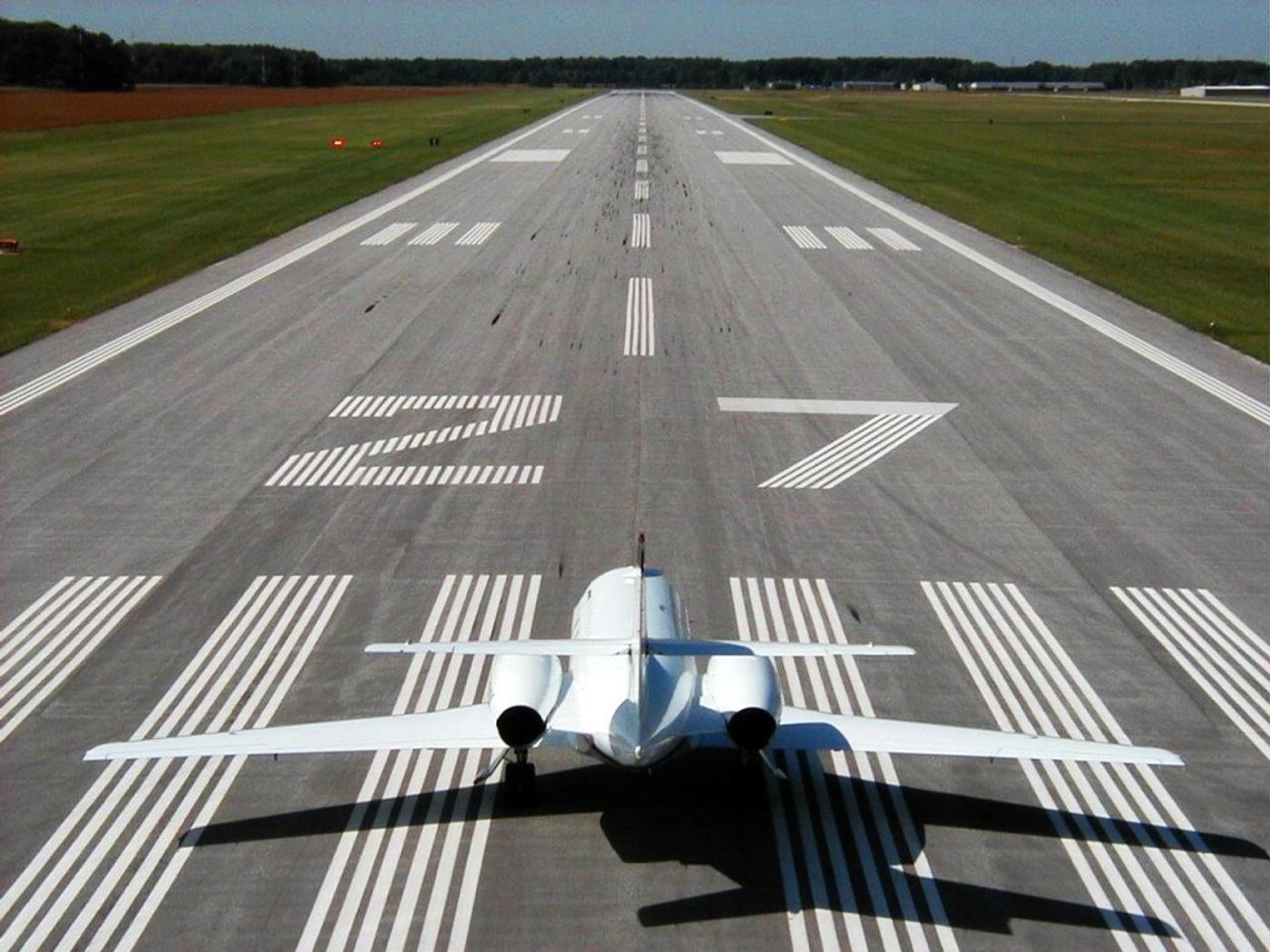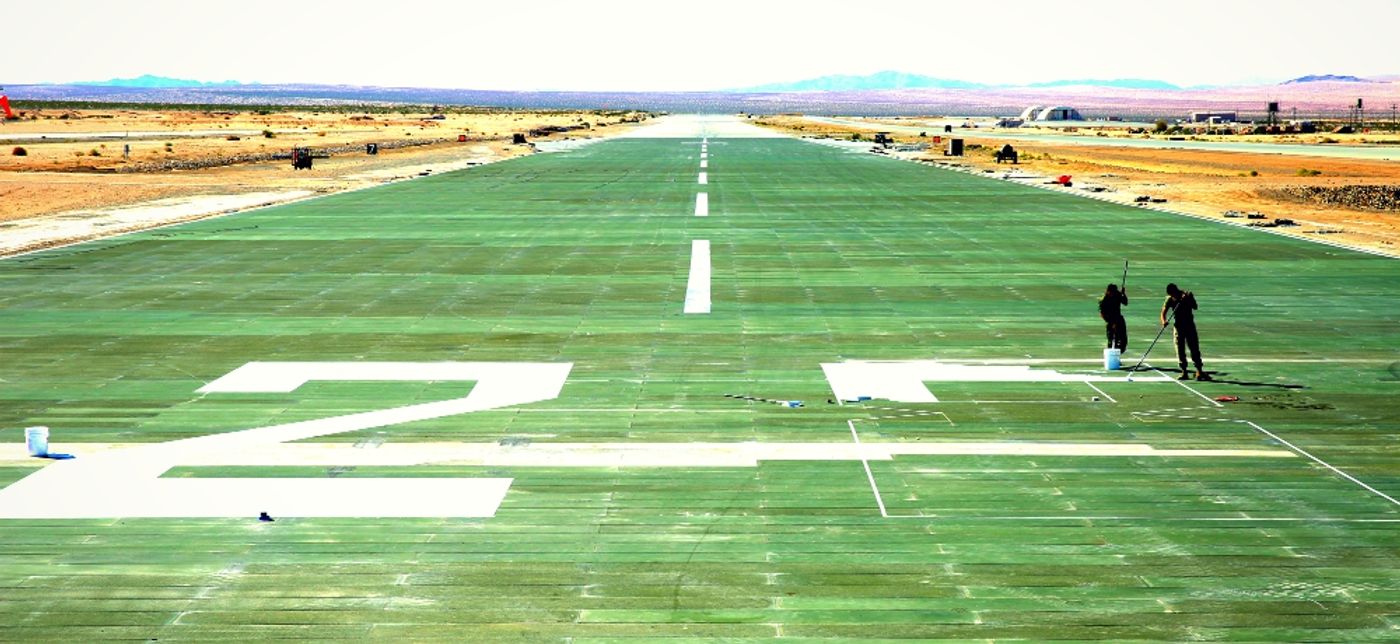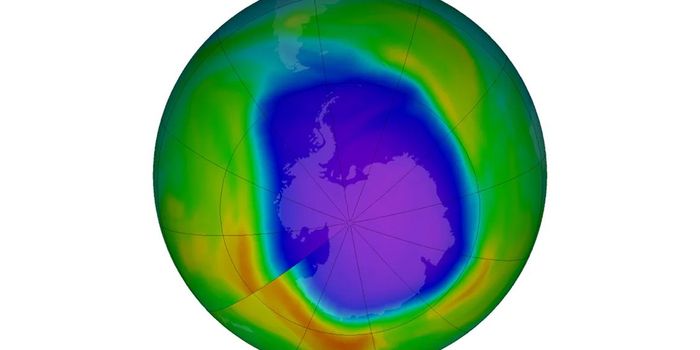Shifting Magnetic Poles Mean Runway Renovations
Earth’s magnetic or geomagnetic field is understood to emanate from conductive materials in the core of the planet. It is called a dipole field because it has two poles where the field is strongest at either end -- the magnetic North and South Poles. Unlike the geographic poles, which are fixed, the magnetic North and South Poles move up to 40 miles annually. The magnetic North Pole appears to be migrating from Canada to Russia. As these poles move, our compass readings do as well, and this can lead to major renovation projects at many of the world’s airports.
The majority of runways currently in use are given names that reflect how many degrees clockwise off of north they are. As the magnetic north shifts a certain amount, so must the runways names. Wired gives this example: at Kansas’ Wichita Eisenhower National Airport, there is a runway named “14/32.” It can be used in either direction, so is actually two runways: 14 and 32. Pilots actually refer to them as “one-four” and “three-two.” The 14 or “one-four” end is approximately 140 degrees off of north. The last digit is dropped, and runway names are generally rounded to the nearest 5 degrees. Some parallel pairs of runways are also given L and R designations for left and right (west and east), like “1L/19R” 
Until the compass reading changes enough to shift a runway’s rounded heading into another 5-degree range, it is considered accurate enough to keep its name. The 14/32 runway is about to be changed to 15/33. This means that the giant numbers on the ground have to be repainted. Air traffic controllers and pilots have to become acquainted with new manuals and approach plates (charts of instrument approach procedures).
A few airports typically have to update these procedures annually. While pilots expect some variance in headline names and readings, its important to stay on top of the system, Commercial Pilot and Aviation Consultant Doug Moss conveys. Pilots may use the runway names to check the accuracy of their own indicators, which means faulty labels can create safety hazards. A 2006 crash with 49 fatalities was found to be due to a crew not correctly confirming the correct runway location and taking off from the wrong one. So, the Federal Aviation Administration (FAA) takes the runway naming procedure seriously.
Also, our planet’s magnetic poles completely reverse about every 200,000 to 300,000 years. We are long overdue – the last major reversal, called the Brunhes-Matuyama reversal, was about 780,000 years ago. Because cooling lava on the ocean floor records its changing magnetization over time, scientists can use it to study how these reversals affect the planet. While some associate a magnetic reversal with a doomsday-type scenario, “The fossil record shows no drastic changes in plant or animal life,” NASA explains.









